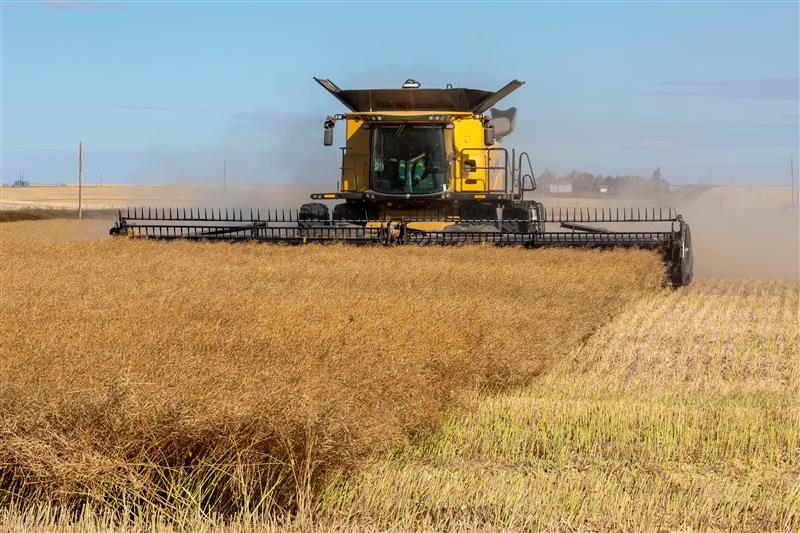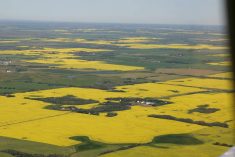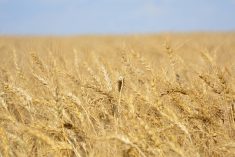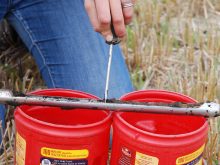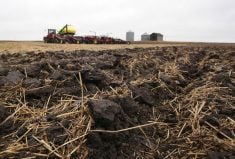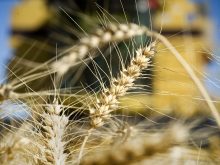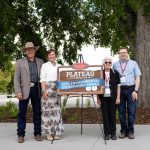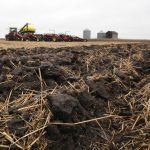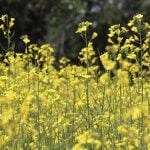Saskatchewan farmers who cursed grasshoppers and gophers a few years ago are now coping with a different set of wildlife pests: deer and beavers.
Saskatchewan Wildlife Federation president Darryl Crabbe said deer populations heading into the last winter were near all-time highs.
The higher population, along with heavy snow pack and tough winter grazing conditions, caused deer to congregate in large numbers around farmyards, bale yards and bin sites where food was more abundant.
They also caused a significant safety threat along highways and grid roads.
Read Also
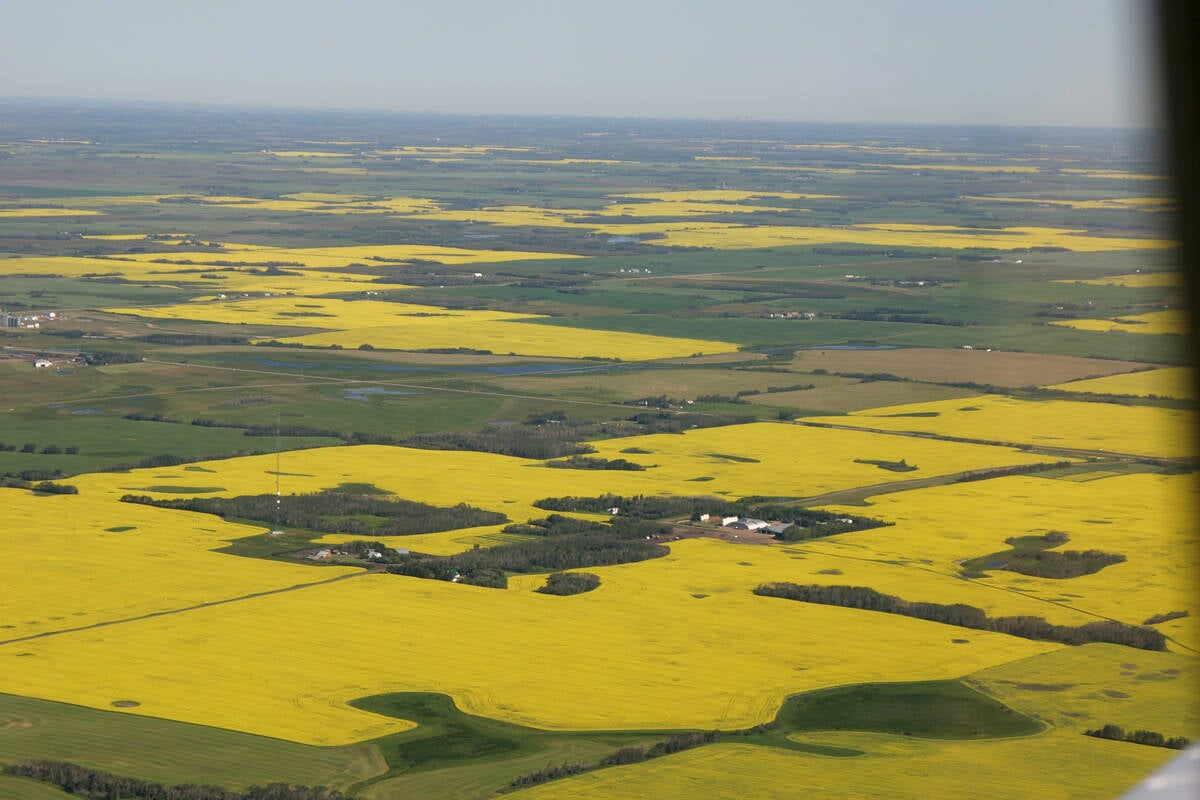
Increasing farmland prices blamed on investors
a major tax and financial services firm says investors are driving up the value of farmland, preventing young farmers from entering the business. Robert Andjelic said that is bullshit.
“When you get that much snow, deer are like any other animal,” said Crabbe.
“They’ll take the easiest path available, which unfortunately might be a highway or a grid road …. Certainly, collision numbers are up dramatically from what we understand, and the winter has played a major role in that.”
Crabbe said wildlife experts predict a major correction in deer numbers this spring.
Winterkill will be significant because many deer came out of the winter in poor condition.
“It will probably be one of the largest (die offs) that we’ve ever seen.”
Winterkill in deer usually occurs in late March and early April rather than in January and February, when the snow is most plentiful and food sources are hardest to find.
Deer can survive the winter by drawing energy from fat reserves and muscle but are at their weakest by late March and early April.
“After a tough winter like we’ve had, even if there’s food around, their systems are so badly compromised that they are just unable to process it,” Crabbe said.
“They die of starvation.”
Birth rates are also expected to be lower than normal this spring because does are in poor shape.
SGI, the province’s motor vehicle insurer, says Saskatchewan drivers reported nearly 14,000 wildlife collisions last year, including 10,500 with deer.
Collisions involving wildlife cost the province more than $48 million in 2010. Nearly 400 people were injured and eight were killed.
Officials from SGI, the Saskatchewan Wildlife Federation and the province’s environment and highways departments met in Regina recently to discuss steps that could be taken to reduce collisions.
Crabbe said several preventive actions were discussed, including roadside fencing and more investment in public awareness campaigns.
Beaver numbers have also been on the rise, prompting Saskatchewan and Manitoba to increase funding for beaver control.
In Manitoba, the province announced last week that it will spend almost $400,000 on a new pilot program aimed at managing beavers and beaver dams in two regions of the province.
In Saskatchewan, the province allocated $500,000 for a one-year pilot program aimed at reducing beaver numbers.
The program is being administered by the Saskatchewan Association of Rural Municipalities.
The province also announced that the Wildlife Damage Compensation Program will expand in 2011 to cover crop and forage damage caused by all animals, including beavers.
Compensation was previously limited to damage caused by deer, antelope, elk, bear, moose, bison, wild boars, ducks, geese and sandhill cranes.
Saskatchewan Crop Insurance had paid $8.9 million to cover waterfowl damages in 2010 as of April 15, nearly double the five-year average of $4.5 million.
A total of 775 big game claims for damage to crops were registered as of April 15. Damage to bales and stacked forage resulted in 717 claims.
SASKATCHEWAN COLLISIONS IN 2010
•Wildlife related collisions: 13,733
•Human injuries caused by wildlife related collisions -376
•Human deaths caused by wildlife related collisions -8
•Alcohol-related collisions: 1,405
•Human injuries caused by alcohol related collisions -715
•Human deaths caused by alcohol related collisions -61

